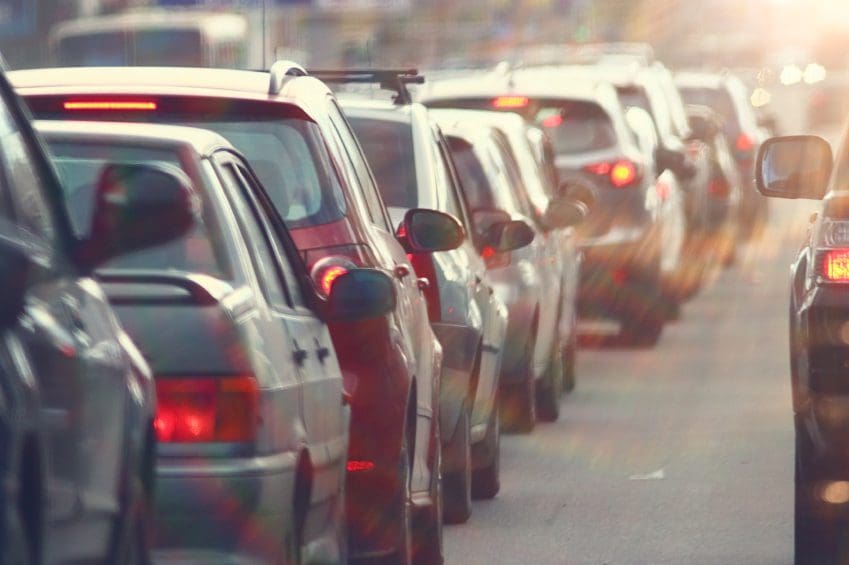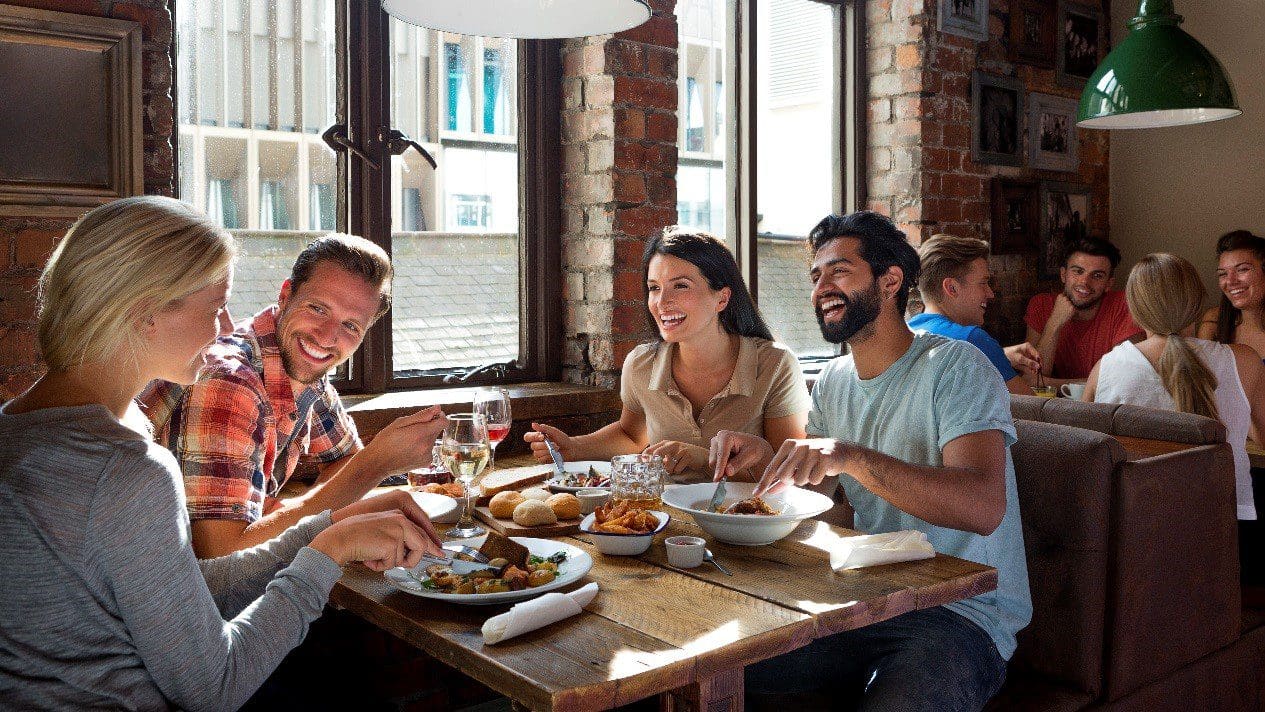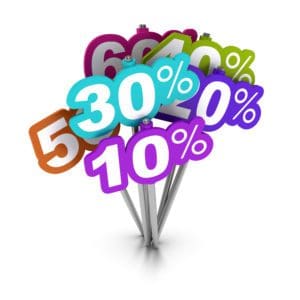2 min read
C-Store Marketers: Get Your Customers to Turn Left
It’s rush hour on a weekday and a potential customer, let’s call her Sarah, is driving along a busy and traffic-jammed road. She’s had a long day at...
Platform
What is Paytronix Guest Engagement Suite?
Combining online ordering, loyalty, omnichannel messaging, AI insights, and payments in one suite. Paytronix delivers relevant, personal experiences, at scale, that help improve your entire digital marketing funnel by creating amazing frictionless experiences.
A Complete Guest Engagement Suite
Online Ordering
Acquire new customers and capture valuable data with industry leading customization features.
Loyalty
Encourage more visits and higher spend with personalized promotions based on individual activity and preferences.
Catering
Grow your revenue, streamline operations, and expand your audience with a suite of catering tools.
CRM
Build great customer relationships with relevant personal omnichannel campaigns delivered at scale.
Artificial Intelligence
Leverage the most data from the most customer transactions to power 1:1 marketing campaigns and drive revenue.
Payments
Drive brand engagement by providing fast, frictionless guest payments.
Solutions
Paytronix Guest Engagement Solutions
We use data, customer experience expertise, and technology to solve everyday restaurant and convenience store challenges.
FlightPaths are structured Paytronix software onboarding journeys designed to simplify implementation and deliver maximum ROI.
Customer Success Plans (CSPs) are tiered service offerings designed to help you get the most from your Paytronix software, whether you prefer self-guided support or hands-on partnership.
Contactless Experiences
Accommodate your guests' changing preferences by providing safe, efficient service whether dining-in or taking out.
Customer Insights
Collect guest data and analyze behaviors to develop powerful targeted campaigns that produce amazing results.
Marketing Automation
Create and test campaigns across channels and segments to drive loyalty, incremental visits, and additional revenue.
Mobile Experiences
Provide convenient access to your brand, menus and loyalty program to drive retention with a branded or custom app.
Subscriptions
Create a frictionless, fun way to reward your most loyal customers for frequent visits and purchases while normalizing revenues.
Employee Dining
Attract and retain your employees with dollar value or percentage-based incentives and tiered benefits.
Order Experience Builder
Create powerful interactive, and appealing online menus that attract and acquire new customers simply and easily.
Loyalty Programs
High-impact customizable programs that increase spend, visit, and engagement with your brand.
Online Ordering
Maximize first-party digital sales with an exceptional guest experience.
Integrations
Launch your programs with more than 450 existing integrations.
Loyalty Programs
Deliver the same care you do in person with all your digital engagements.
Online Ordering
Drive more first-party orders and make it easy for your crew.
Loyalty Programs
Digital transformations start here - get to know your guests.
Online Ordering
Add a whole new sales channel to grow your business - digital ordering is in your future.
Integrations
We work with your environment - check it out
Tobacco Reporting
Comply with AGDC 2026 DTP Requirements
Company
We are here to help clients build their businesses by delivering amazing experiences for their guests.
Meet The Team
Our exceptional customer engagement innovations are delivered by a team of extraordinary people.
News/Press
A collection of press and media about our innovations, customers, and people.
Events
A schedule of upcoming tradeshows, conferences, and events that we will participate in.
Careers
Support
Paytronix Login
Order & Delivery Login
Resources
Paytronix Resources
Learn how to create great customer experiences with our free eBooks, webinars, articles, case studies, and customer interviews.
FlexPoint Service Catalog
Access FlexPoints are a cost-effective, flexible way to access our value-added services, to ensure you get greater impact from your Access software solution.
See Our Product In Action
E-Books
Learn more about topics important to the restaurant and c-store customer experience.
Reports
See how your brand stacks up against industry benchmarks, analysis, and research.
Blog
Catch up with our team of in-house experts for quick articles to help your business.
Case Studies
Learn how brands have used the Paytronix platform to increase revenue and engage with guests.
Unlock loyalty strategies that 3 out of 4 restaurants use to boost engagement by 40% without adding staff.
2 min read
Jun 22, 2016

The evolution of loyalty programs over the course of several decades has impacted how the airline, hospitality, and restaurant industries create relationships with their respective customers. To date, we have seen these industries move along a trajectory from paper to electronic stamp cards; basic point systems to tiered loyalty programs; to leveraging compiled customer data to emotional engagement and integration. The airline industry led the pack in the late 1970s, followed by the hotel industry in the 1980s, and then the restaurant industry in the 2000s. These loyalty programs across all sectors have built relationships by rewarding customers for their purchase behavior.
While other industries have moved programs toward more sophisticated use of the data gained from operating loyalty programs, convenience store programs in general seem to be stuck in the 80’s in terms of how data is leveraged to connect with customers in a relevant, motivational manner. The majority are offering programs that are centered on CPG promotions funded by partners and offering fuel rewards in the form of cents off the gallon.
It’s time to shift the central focus from “Category” to “Customer.” To create a bond between the brand and its customers and maximize the impact marketers have on revenue creation, market segmentation is essential. Within any customer base, there are segments of people with shared interests and motivational factors. When marketers develop insights into their customer base that reveal common motivators, the result is a powerful, profitable marketing strategy. Simple segmentation methods begin with demographics, preferences, and behavioral traits. Who are they, how older are they, what is triggering their trips, how frequently do they purchase, and what exactly are they purchasing?
Beyond simple segmentation, creating segments of like-minded lifestyle segments helps the brand further deliver relevance and convenience to its customers. For example, here are three examples of customer groups you might see in a given week.
By identifying your market segments, like the ones above, marketing messages, offers, and message cadence can be tailored to each segment based on their common needs and behavior patterns. The result is greater audience reach, more revenue, and higher profitability.
When the message and offer is not targeted, the brand erodes profits by sending offers to those who would have purchased the item anyway. In addition, relationships also take a hit when messages are irrelevant to the recipient – unsubscribe rates soar. As an example, a male colleague of mine, in the past two weeks received a message directed at busy moms and another one directed at nurses. He’s neither and subsequently unsubscribed from the brand. When customers subscribe, they become a valuable asset to the brand. With each unsubscribe, the brand loses a tremendous potential for future revenue.
Segmentation is just the beginning of the conversation. In a recent webinar, Paytronix discussed what convenience stores need to do for a successful future. Click the link to watch the webinar “The Evolution of C-Store Loyalty: The Past, Present, and Future” and learn more about what the future of loyalty looks like for convenience stores.

2 min read
It’s rush hour on a weekday and a potential customer, let’s call her Sarah, is driving along a busy and traffic-jammed road. She’s had a long day at...

3 min read
Do you need to reinvigorate your brand, increase revenue, and improve profitability? Upgrading your rewards program may help. However, proceed with...

2 min read
Promotions are used to directly, quickly, and profitably change behavior. Most commonly, that behavior change falls into one of these categories:...